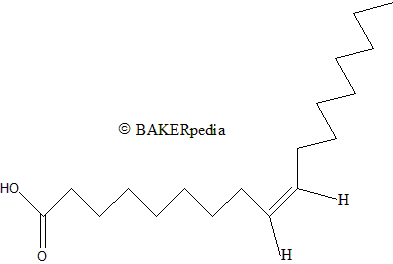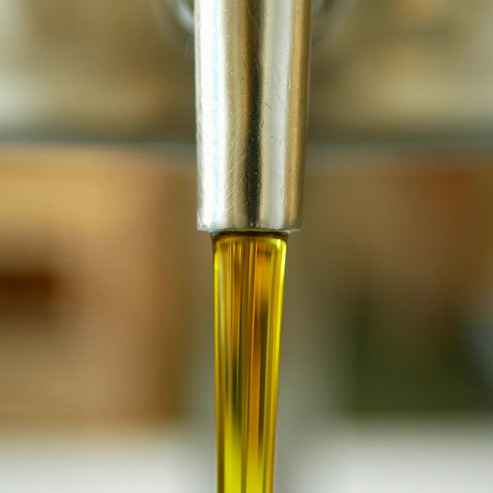Unsaturated Fats
Also known as Monounsaturated Fat, MUFA, PUFA
What are Unsaturated Fats?
Unsaturated fats include monounsaturated fats and polyunsaturated fats. Fatty acids in unsaturated fats contain double bonds and predominately 18 carbons, though 10-14 carbons is possible.
Monounsaturaed fats, or MUFA (monounsaturated fatty acid) contain fatty acids with one double bond. Polyunsaturated fats, or referred to as PUFA (polyunsaturated fatty acid) are composed with fatty acids with two or more double bonds.
Origin
Monounsaturated fats are found in vegetable oils such as canola, olive, peanut, and safflower oils.1 Polyunsaturated oils are found in vegetables like corn, cottonseed, soybean, and sunflower oils.1 Coconut, palm and palm kernel oils are high in saturated fat.1
What is the difference between unsaturated and saturated fats?
Unsaturated fats have had double bonds introduced within the hydrocarbon chain. Saturated fats have no double bonds, and generally remain solid at room temperature, while unsaturated fats are primarily in the form of oil.
Nutrition1
When eaten in place of saturated fat, monounsaturated and polyunsaturated fats can lower the levels of total cholesterol and low-density lipoprotein (LDL or “bad”) cholesterol in the blood — which, in turn, can reduce the risk of developing cardiovascular disease.2 Cardiovascular disease is the leading cause of death in both men and women in the U.S.
The Dietary Guidelines for Americans recommends consuming less than 10% of your calories per day from saturated fat by replacing saturated fat with monounsaturated and polyunsaturated fats.
Although monounsaturated and polyunsaturated fats can have a beneficial effect on your health, they are still a concentrated source of calories. Therefore, they should be eaten in place of saturated fat (rather than added to the diet) while staying within recommended limits for calories and total dietary fat.
Composition of Unsaturated Fats
In unsaturated fatty acids, the location and number of bonds varies widely – which influences the character of the fat. For instance, it determines whether the fat exhibits plastic or oil traits. Common monounsaturated fatty acids found in food fats and oils, such as butterfat, are lauroleic, myristoleic, palmitoleic, oleic (Figure1). Elaidic. Linoleic, vaccenic and linolenic are common polyunsaturated fatty acids found in the food industry.

Figure 1: Oleic acid structure.
Application
Oleic unsaturated fatty acids are the most common and the most simple. They can be found in many fats utilized in bakery applications such as canola, palm, and soy oils, as well as integrated with saturated fats in shortening varieties.
Vegetable oils are unsaturated fats used in multiple baking applications, such as cake, quick bread, cupcake, and many other mixes.3
FDA regulations
Food manufacturers may voluntarily list the amount in grams (g) per serving of monounsaturated fat and polyunsaturated fat on the Nutrition Facts Label (under Total Fat), but they are required to list monounsaturated fat and polyunsaturated fat if a statement is made on the package labeling about the health effects or the amount of monounsaturated fat or polyunsaturated fat (for example, “high” or “low”) contained in the food.1
References
- “monounsaturated and polyunsaturated fat”. Access data.fda.gov. www.accessdata.fda.gov/scripts/InteractiveNutritionFactsLabel/mono-and-poly-fat.html. Accessed 05 June 2017.
- Li, Yanping, Adela Hruby, Adam M. Bernstein, et al. “Saturated Fats Compared With Unsaturated Fats and Sources of Carbohydrates in Relation to Risk Of Coronary Heart Disease.” Journal of the American College of Cardiology 66.14 (2015): 1538-548.
- “Fat | Baking Ingredients.” Bakerpedia. https://bakerpedia.com/ingredients/fat/. 05 June 2017.


